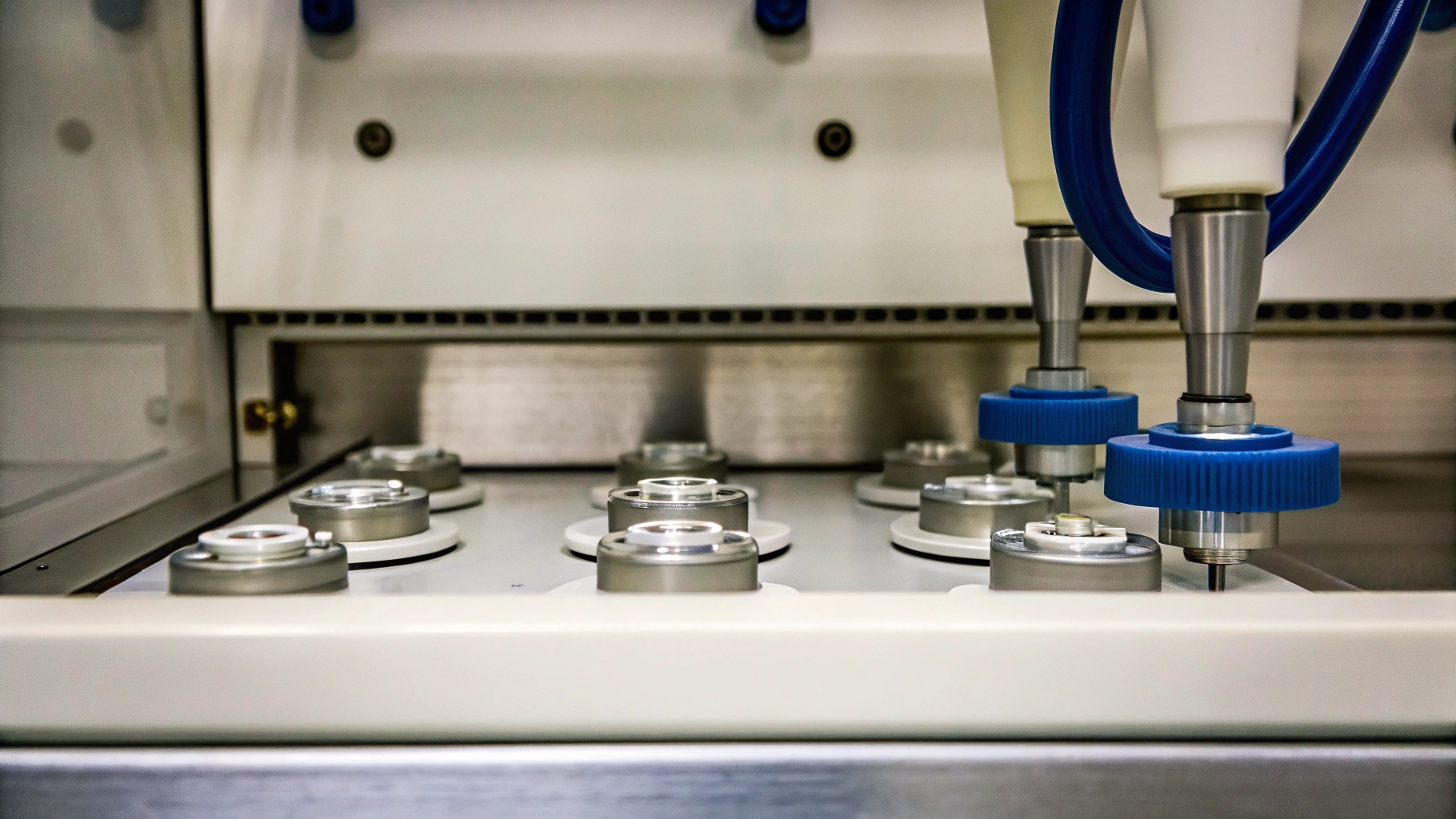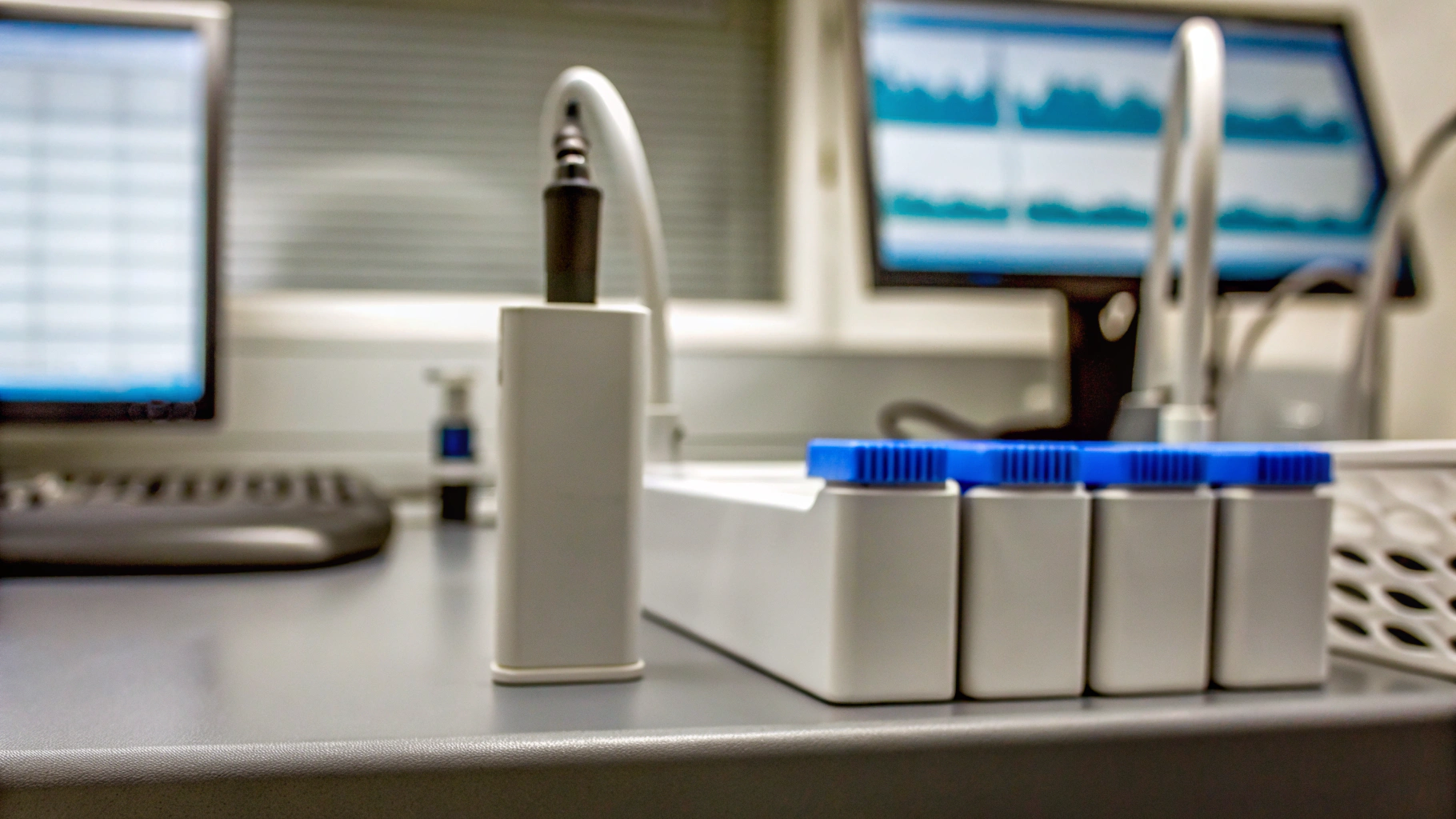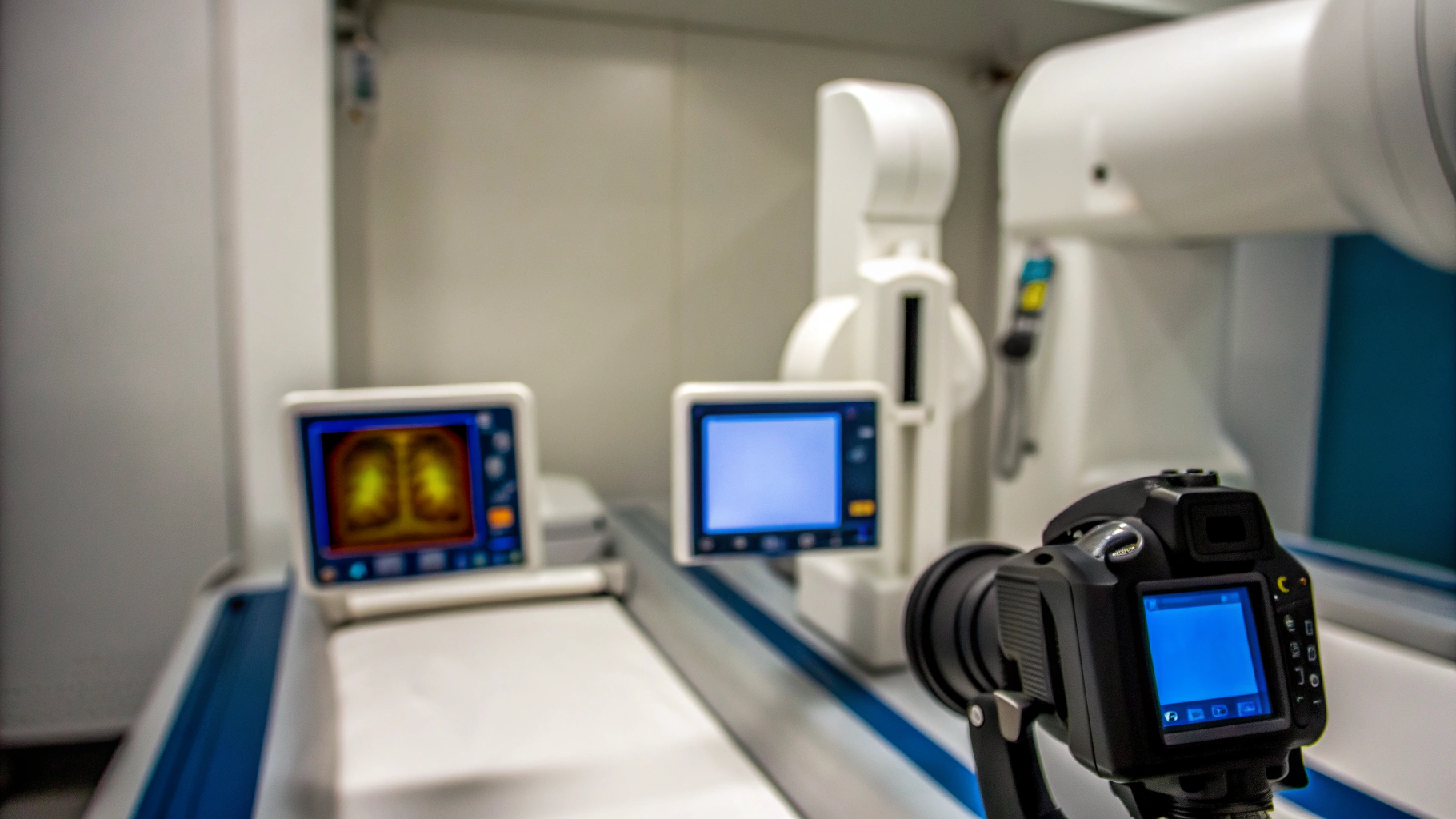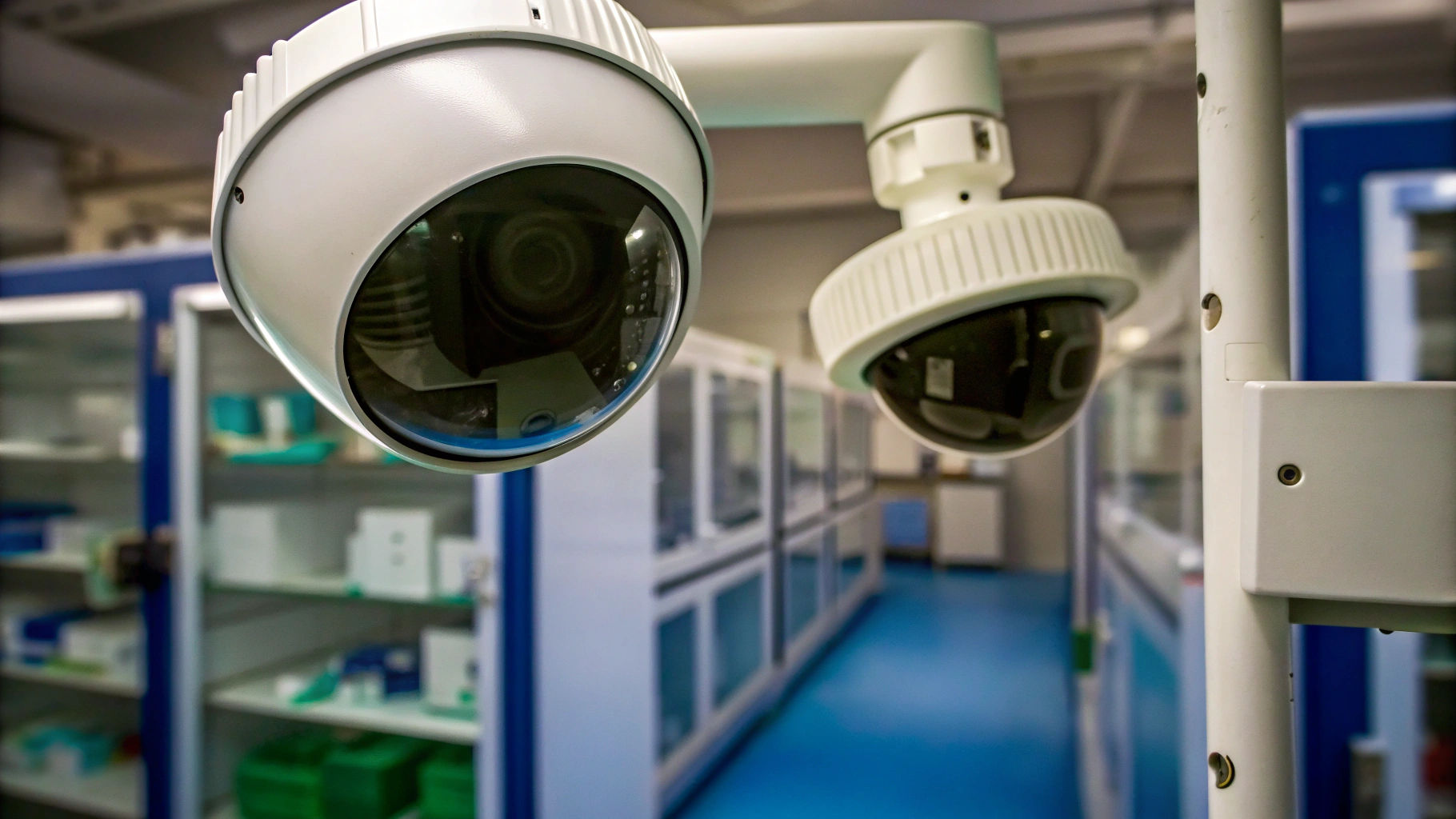Essential Equipment for Temperature Mapping in Pharmaceutical and Biotech Compliance Consulting

Overview
The title "10 Essential Temperature Mapping Equipment for Compliance Consultants" prompts an essential inquiry: What tools are necessary for compliance consultants to guarantee consistent temperature control and adherence to regulations in controlled environments? This article showcases ten vital technologies and methodologies — including offerings from AVS Life Sciences, Ellab, Vaisala, and Elemental Machines — that aid in meeting FDA, WHO, and ISPE standards. These tools facilitate precise monitoring, real-time data integrity, and documented tracking, all crucial for adhering to Good Manufacturing Practice (GMP) and Good Distribution Practice (GDP) standards.
Introduction
Temperature mapping remains a pivotal aspect of regulatory conformity in pharmaceutical and biotechnology fields. Even minor deviations in temperature can impact product stability, patient safety, and data reliability. Compliance consultants often collaborate with specialized service providers possessing expertise in technology, validated tools, and regulatory knowledge to conduct mapping studies compliant with ISPE Good Practice Guidelines, WHO TRS 961 Annex 9, and FDA 21 CFR Part 1.
AVS Life Sciences: Comprehensive Temperature Mapping Solutions for Compliance
AVS Life Sciences offers comprehensive temperature mapping services and consultation support tailored to regulated environments.
Their programs cover every stage of mapping-from URS development and protocol generation to on-site execution and validation reporting-ensuring traceable compliance with GMP, GDP, and WHO TRS 961 Annex 9 standards.
AVS consultants leverage leading equipment, including Kaye AVS and Ellab validation systems, to deliver precise qualification and documentation across cleanrooms, warehouses, cold rooms, and autoclaves.
This integrated lifecycle approach empowers clients to achieve consistent regulatory readiness and audit transparency.
- Kaye AVS Validation System – Precision and Data Integrity
The Kaye AVS system sets the industry standard for thermal validation in GMP-compliant environments. Engineered in compliance with FDA 21 CFR Part 11, GAMP 5, and Annex 11, Kaye AVS automates calibration, execution, and report creation. It ensures complete traceability through secure electronic records and signatures, aiding consultants in showcasing data integrity during audits.
Key Benefits:
- High precision across multiple channels (up to 48 sensors) for mapping intricate environments
- Automated calibration following ISO/IEC 17025 standards
- Real-time alerts for deviations and thermal profiling
- Comprehensive electronic audit trail for regulatory documentation.
This system eliminates manual data processing, a common source of non-compliance, enhancing efficiency and reliability in mapping endeavors.

- Ellab TrackSense & E-Val Pro – Wireless Efficiency
Ellab's TrackSense Pro wireless loggers and E-Val Pro wired validation systems offer adaptable and accurate solutions for temperature and humidity mapping. Designed for temperatures ranging from -80°C to +150°C, these systems aid in validating freezers, incubators, and warehouses.
Features and Advantages:
- Compact and wireless design allowing for flexible sensor placement
- Automatic synchronization with validated ValSuite software
- Conforms to ISPE Controlled Temperature Chambers (2022) standards
- Real-time data visualization and secure audit trails.
Ellab's blend of precision and user-friendliness makes it a go-to choice for consultants conducting extensive or seasonal mapping studies.

- Vaisala viewLinc – Continuous Monitoring and Alerting
Vaisala viewLinc provides ongoing, cloud-integrated monitoring of temperature and humidity across multiple facilities. Its data loggers and sensors are calibrated as per ISO/IEC 17025 standards and meet FDA GDP and WHO TRS 961 data integrity prerequisites.
Core Features:
- 24/7 monitoring with automated alerts
- Audit trails compliant with Part 11 guidelines
- Long-term trend reporting and secure cloud backup
- Scalable visibility at the enterprise level
Vaisala's dependable nature and compliance-oriented structure make it indispensable for prolonged monitoring of controlled storage environments

- Elemental Machines – Intelligent Environmental Insight
Elemental Machines integrates wireless sensors and analytics to offer real-time insights into environmental conditions.
Key Characteristics:
- Tracking multiple parameters (temperature, humidity, CO₂, pressure)
- Predictive analytics to prevent temperature deviations
- Integration with quality systems such as Veeva Vault and MasterControl
- User-friendly dashboards and mobile accessibility
By enabling predictive compliance and automated data reporting, Elemental Machines enhances operational efficiency and quality system performance.
- ISO/IEC 17025 Calibration and Traceability Tools
Accurate mapping commences with calibration traceable to ISO/IEC 17025 standards. Calibration baths, dry blocks, and precision reference probes ensure each sensor provides validated accuracy.
Consultant Tip:
Ensure the validity of calibration certificates before deployment and document calibration intervals in line with ISPE and FDA directives.

- Sensor Placement and Study Design Tools
As per ISPE Good Practice Guidelines and WHO Annex 9, sensors should be strategically positioned to reflect airflow patterns and high-risk zones, including:
- Corners, centers, door regions
- Known hot/cold spots.
- Representative product loading conditions
Validated software like Ellab ValSuite or Kaye Validator aids in planning sensor placement, visualizing outcomes, and ensuring documented traceability
- Real-Time Data Integration and Cloud Systems
Cloud-based data management solutions (e.g., Vaisala viewLinc Cloud, Elemental Machines Dashboard) ensure seamless collaboration, multi-site data accessibility, and regulatory oversight.
Benefits:
- Role-based permissions
- Secure audit trails
- Automated version control
- Remote audit support.
This method aligns with FDA data integrity and Annex 11 requirements for controlled settings.

- Seasonal and Risk-Based Mapping Equipment
WHO TRS 961 and ISPE recommend mapping during summer and winter extremes to detect system variability.
Using wide-range equipment (-80°C to +150°C) ensures performance validation under all conditions.
Mapping frequency should follow a risk-based approach per ICH Q9, focusing on high-impact storage zones.
- Validation and Reporting Software
Validated systems such as Kaye AVS, Ellab ValSuite, and Vaisala viewLinc Enterprise generate inspection-ready reports complying with regulatory standards.
Features:
- Electronic Signatures and audit trails.
- Secure User Controls
- Automated report generation for FDA and WHO inspections Seamlessly integrating with QMS or DMS systems.
These tools streamline data integrity management and expedite regulatory responses.

- Thermal Mapping Validation Kits & Accessories
A complete mapping toolkit is vital for accuracy and consistency in field studies.
Essential components:
- Calibrated thermocouples or loggers
- Sensor mounts, stands, shielding
- Portable calibration Checkers
- Labeling materials, and documentation materials.
These accessories ensure smooth execution and swift verification following WHO TRS 961 Annex 9 and ISPE C&Q Baseline Guide principles.

Conclusion
Temperature mapping is not just about compliance-it's about ensuring patient safety, data integrity, and product quality.
The ten tools and supporting systems outlined here-from Kaye AVS to Vaisala-equip consultants to meet stringent regulatory expectations with confidence.
By combining validated technology, sound study design, and WHO/ISPE/FDA-aligned procedures, compliance consultants can elevate quality, ensure traceability, and maintain continuous audit readiness.
Frequently Asked Questions
1. What functions does Kaye AVS perform to support adherence to regulations?
Kaye AVS automates calibration, data collection, and reporting per 21 CFR Part 11, ensuring data integrity and full audit traceability.
2. What temperature ranges can Ellab loggers monitor?
Ellab TrackSense devices operate from -80°C to +150°C, ideal for freezers, incubators, and environmental chambers.
3. Why is Vaisala viewLinc well-suited for ongoing monitoring requirements?
It provides automated alerts, 24/7 monitoring, and secure audit-ready reports to meet GDP and ISPE Guidelines.
4. What value does Elemental Machines bring to the table?
It combines IoT sensors and analytics to predict excursions, enhance reporting, and integrate with electronic QMS platforms.
5. What are the essential criteria for mapping instruments?
All devices should be ISO/IEC 17025-calibrated and Part 11-compliant, following ISPE GAMP 5 principles.
6. How frequently should mapping validations be revisited?
Mapping validations should be reviewed annually or following any facility alterations, HVAC system changes, or deviations as per the recommendations detailed in World Health Organization Technical Report Series (TRS) 961 Annex 9.
7. What role does seasonal analysis play in temperature mapping?
Seasonal analysis helps in understanding the effects of climate variations throughout the year, which is important for maintaining product quality and regulatory compliance in temperature-sensitive environments.
8. What are common pitfalls encountered during mapping exercises?
Frequent audit discoveries include errors such as improper sensor positioning, unverified calibrations, and insufficient monitoring durations.
9. What components are typically included in a validation package?
Validation kits usually consist of calibrated loggers, mounting accessories, insulation shields, and calibration probes to ensure reliable field validation.
10. How can consultants sustain audit preparedness?
By leveraging validated instruments (Kaye, Ellab, Vaisala), maintaining precise calibration records, and aligning documentation practices with ISPE/WHO guidelines.
